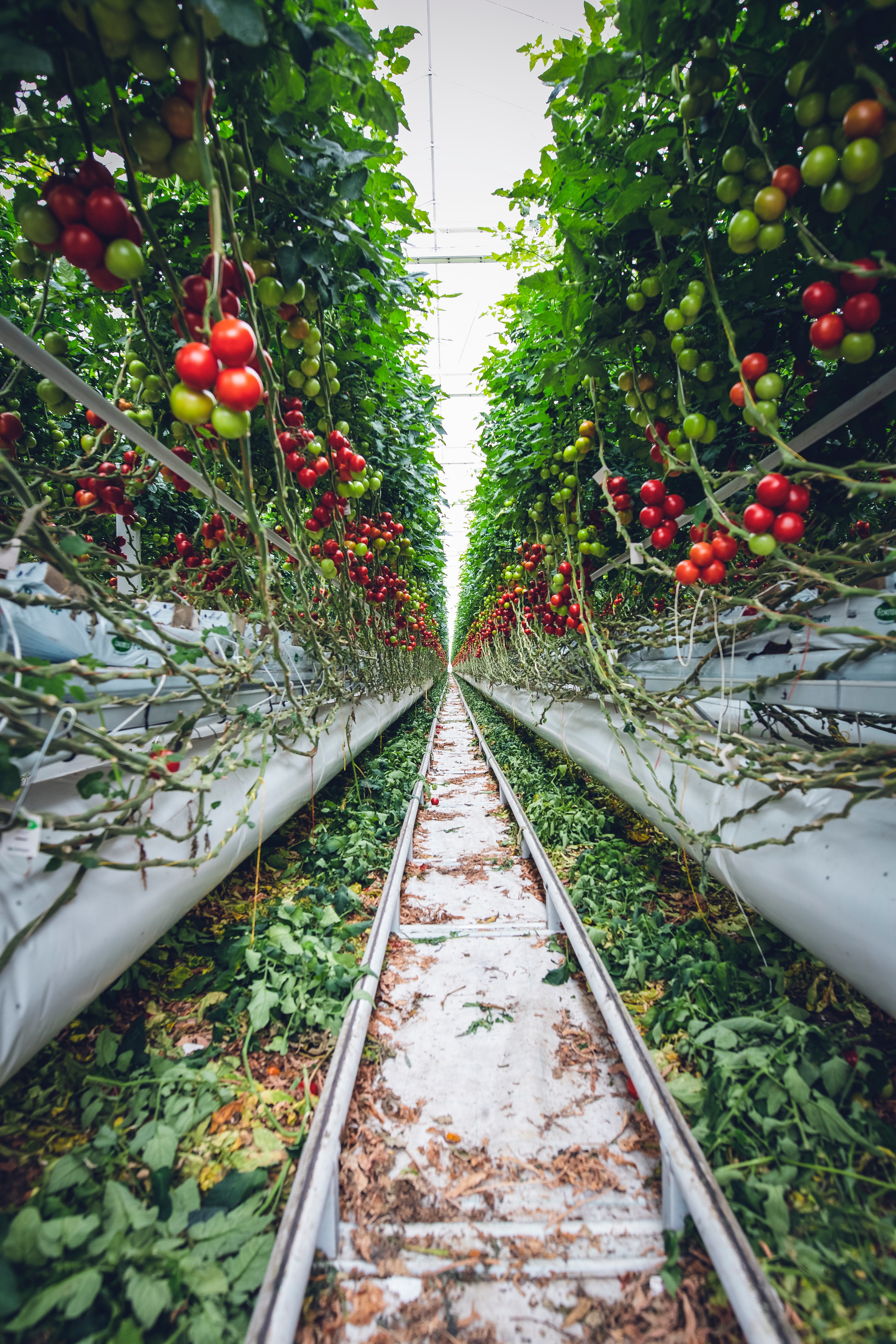Vertical farming is an innovative agricultural technique that involves growing crops in stacked layers, often indoors or in controlled environments. This method of farming has become increasingly popular in recent years due to its ability to produce high yields of fresh, nutritious crops while minimizing the use of resources such as water and land. In this article, we will explore the benefits and challenges of vertical farming and its potential to transform the future of agriculture.
Benefits of Vertical Farming
One of the primary benefits of vertical farming is its ability to produce high yields of crops in a small space. This makes it possible to grow more food using less land and water compared to traditional farming methods. Vertical farms can also be located in urban areas, which reduces the need for transportation and distribution, thereby decreasing carbon emissions and increasing food security in urban areas.
Another benefit of vertical farming is its ability to provide a controlled environment for crops. This allows farmers to optimize growing conditions such as light, temperature, and humidity, which can improve crop growth, increase yields, and reduce the use of pesticides and herbicides. Vertical farming also reduces the risk of crop damage from weather events such as droughts, floods, and storms, which can improve the stability and reliability of crop production.
Challenges of Vertical Farming
Despite its numerous benefits, vertical farming also faces several challenges. One of the primary challenges is the high cost of implementing and maintaining a vertical farm. This includes the cost of equipment such as lighting, irrigation systems, and temperature control systems, as well as the cost of energy to power these systems. Additionally, the cost of labor and expertise required to operate and maintain a vertical farm can be significant.
Another challenge of vertical farming is the limited variety of crops that can be grown using this method. Some crops, such as grains and root vegetables, are not well-suited to vertical farming due to their size and growth requirements. This means that vertical farms are better suited for growing leafy greens, herbs, and other small crops.
Future of Vertical Farming
Despite the challenges, the future of vertical farming looks bright. As technology continues to improve and become more affordable, the cost of implementing and maintaining a vertical farm is likely to decrease. In addition, new crops and varieties that are better suited to vertical farming may be developed, which could increase the range of crops that can be grown using this method.
Moreover, the potential environmental benefits of vertical farming, such as reduced land use and carbon emissions, make it an attractive option for sustainable agriculture. As the world's population continues to grow and the demand for food increases, vertical farming may play an increasingly important role in meeting this demand while also reducing the environmental impact of agriculture.
In conclusion, vertical farming is an innovative agricultural technique that has the potential to transform the future of agriculture. While it faces challenges such as high costs and limited crop varieties, its benefits, such as high yields, reduced resource use, and controlled environments, make it an attractive option for sustainable agriculture. As technology continues to improve and new crops are developed, vertical farming is likely to become an increasingly important part of the global food system.








